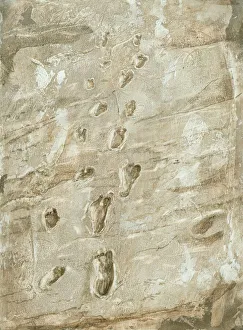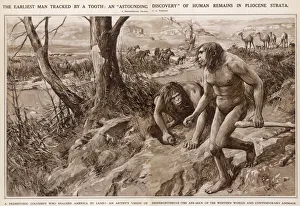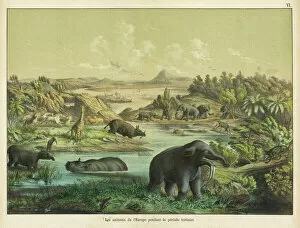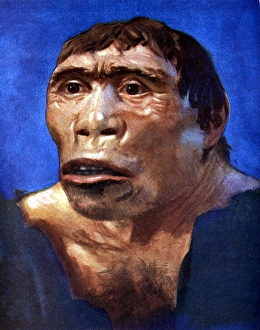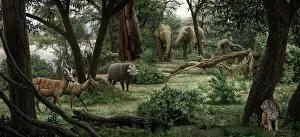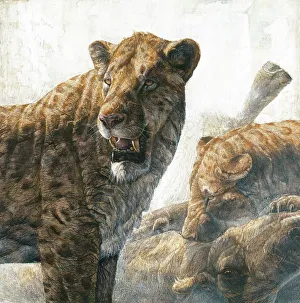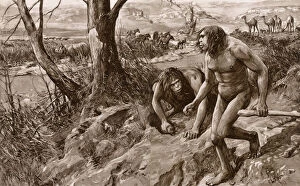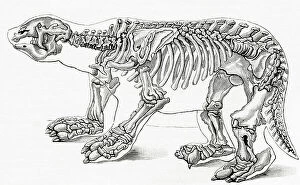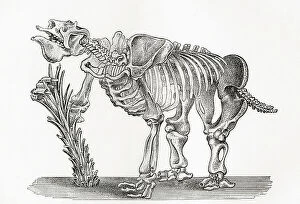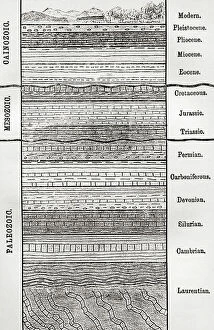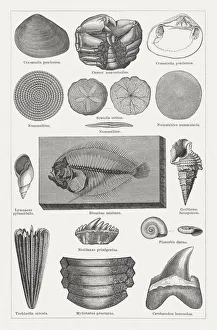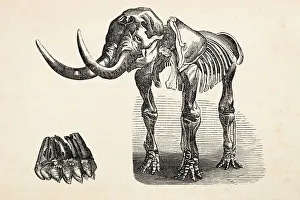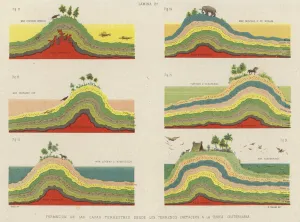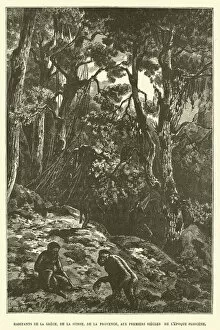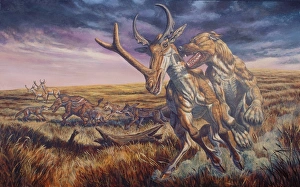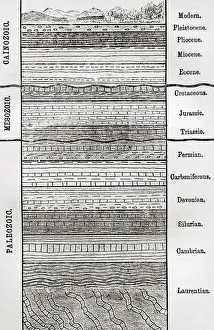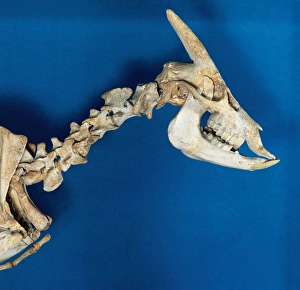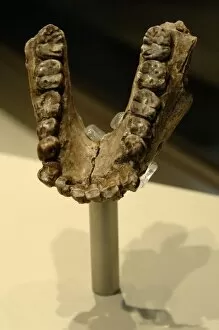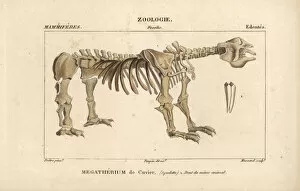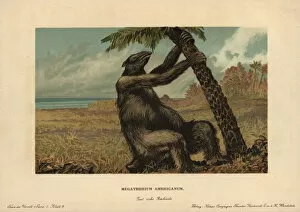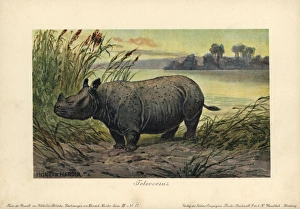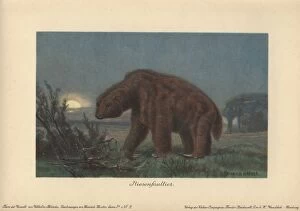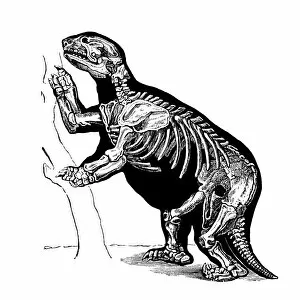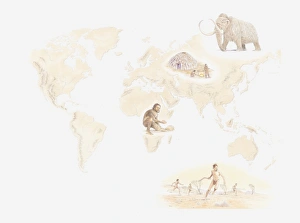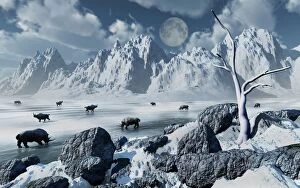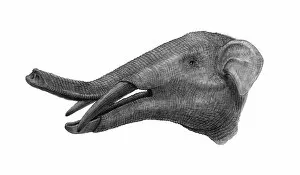Pliocene Collection
The Pliocene era, spanning from 3 to 6 million years ago, holds a wealth of fascinating discoveries that shed light on our ancient past
All Professionally Made to Order for Quick Shipping
The Pliocene era, spanning from 3 to 6 million years ago, holds a wealth of fascinating discoveries that shed light on our ancient past. One such remarkable find is the Laetoli fossil footprints in Tanzania, which provide evidence of early hominins walking upright over 7 million years ago. Intriguingly, Amedee Forestier's depiction of "Nebraska Man" captivates the imagination with its portrayal of an entire prehistoric landscape based solely on a single tooth found in Pliocene strata. This serves as a reminder of how limited knowledge can sometimes lead to imaginative reconstructions. Speaking of reconstructions, the Ardipithecus ramidus landscape offers us a glimpse into what life might have been like for this early human ancestor around 4 million years ago. While humans were evolving during this time period, they shared their environment with formidable predators like Homotherium scimitar cats - large saber-toothed felines that roamed across various continents. Notably controversial was the discovery and subsequent misidentification of a fossil molar belonging to "Nebraska Man. " This incident highlights the importance of rigorous scientific scrutiny when studying fossils from different eras. Traveling back in time to Europe during the Tertiary Era reveals breathtaking prehistoric landscapes teeming with diverse flora and fauna captured through wood engravings published in 1878. Reconstructing ancient hominin species has always fascinated scientists; one such example is Java Man (Pithecanthropus erectus), whose appearance was pieced together using fragments such as skull caps and thigh bones discovered in Java Island, Indonesia. Another intriguing specimen is the skull of Paranthropus aethiopicus - an early human ancestor known for its robust features and lived approximately 7 million years ago.

